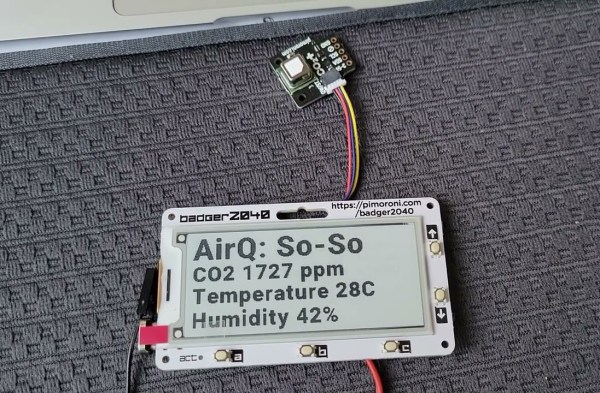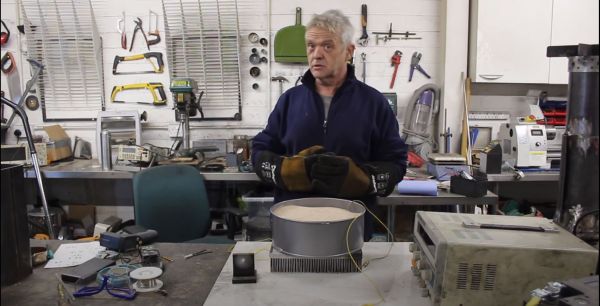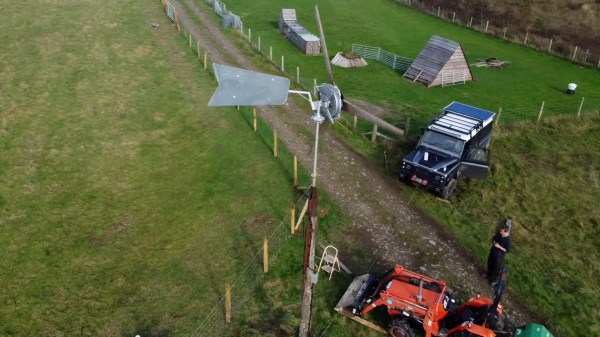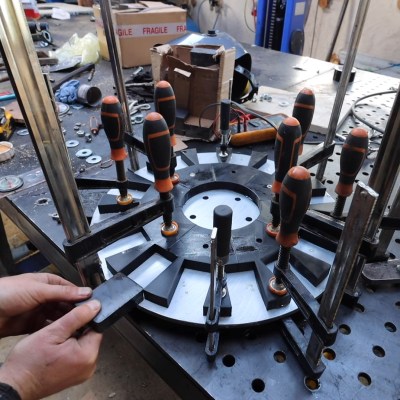While churning through rolls of FDM filament, there are these empty spools that remain at the end. These can be thrown out with the trash, or be used as a standard base for miniatures, for use with Dungeons & Dragons tabletop gaming or similar, or just as a display piece. The latter is what the blokes over at Digital Taxidermy ran with when they started their first Spool Tower Kickstarter campaign. Now they’re back with Spool Tower 2: The Re-Spoolening.
These are STL bundle packs that should contain all that’s needed to turn an empty filament spool into an art piece, minus of course the painting. To get a free taste of what the experience is like, Digital Taxidermy provides a few free STLs, such as for the Ye Olde Taxidermee Shoppee and the Hab Block from the new crowdfunding campaign.
This effort raises the interesting question of what other standard (plastic) shapes of packaging could conceivably be used in a similar manner. After all, why print the whole thing when half the model could be made from something you’d otherwise just toss into the trash bin?
Thanks to [scat happens] for the tip.


















